HP briefly implemented a 15-minute hold time for its telephone customer service line, a move that sparked immediate and intense criticism from customers. The company rescinded the policy shortly after its implementation, bowing to the wave of negative feedback.
News of the 15-minute hold first surfaced on social media platforms. Customers reported lengthy wait times when contacting HP support. Many shared screenshots of their call logs, showing hold times exceeding 15 minutes. The frustration was palpable. Customers complained about the wasted time and the difficulty in getting their issues resolved.
“Fifteen minutes is an eternity to be on hold,” one customer wrote on Twitter. “Especially when you’re already frustrated with a product issue.” Another customer shared a similar sentiment on a tech forum, stating, “I can’t believe HP thought this was a good idea. It shows a complete disregard for their customers’ time.”
HP’s official response was brief. The company acknowledged the implementation of the 15-minute hold and confirmed its subsequent removal. A spokesperson stated that the extended hold time was part of a “short-lived pilot program” designed to “evaluate call routing and staffing needs.” The company did not elaborate on the specific goals of the pilot program or explain why it was abandoned so quickly.
The swift reversal of the policy suggests that HP was unprepared for the intensity of the customer backlash. The company’s rapid retreat indicates a recognition of the potential damage to its brand reputation. The incident highlights the importance of customer service in the tech industry and the power of social media to amplify customer voices.
Several industry analysts commented on the situation. One analyst suggested that HP’s misstep underscores the increasing pressure on companies to provide prompt and efficient customer service. “In today’s digital age, customers expect immediate solutions to their problems,” the analyst said. “Companies that fail to meet these expectations risk losing customer loyalty.”
The incident raises questions about HP’s internal processes for testing and implementing customer service policies. It remains unclear why the company did not anticipate the negative reaction to the 15-minute hold time. Some customers have called for greater transparency from HP regarding its customer service practices.
The short-lived 15-minute hold policy serves as a cautionary tale for other companies. It demonstrates the potential consequences of prioritizing cost-cutting measures over customer satisfaction. In the wake of this incident, HP will likely face increased scrutiny regarding its customer service performance. The company’s future actions in this area will be closely watched by customers and industry observers alike.
While HP has rescinded the policy, the damage may already be done. Some customers have expressed a loss of trust in the company. “This incident makes me question HP’s commitment to its customers,” one customer wrote in an online review. “I’m considering switching to a different brand.”
The long-term impact of this incident on HP’s brand image remains to be seen. The company will need to take concrete steps to rebuild customer trust and demonstrate its commitment to providing quality customer service. This may involve investing in additional staffing, improving call routing systems, and proactively addressing customer concerns. The 15-minute hold debacle serves as a stark reminder that in the age of social media, customer dissatisfaction can quickly escalate into a public relations crisis.

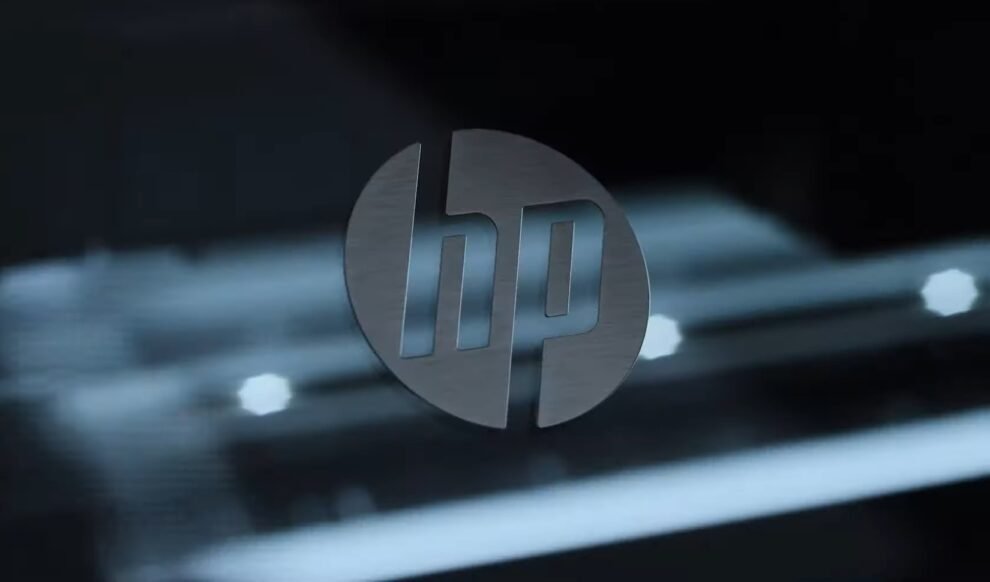
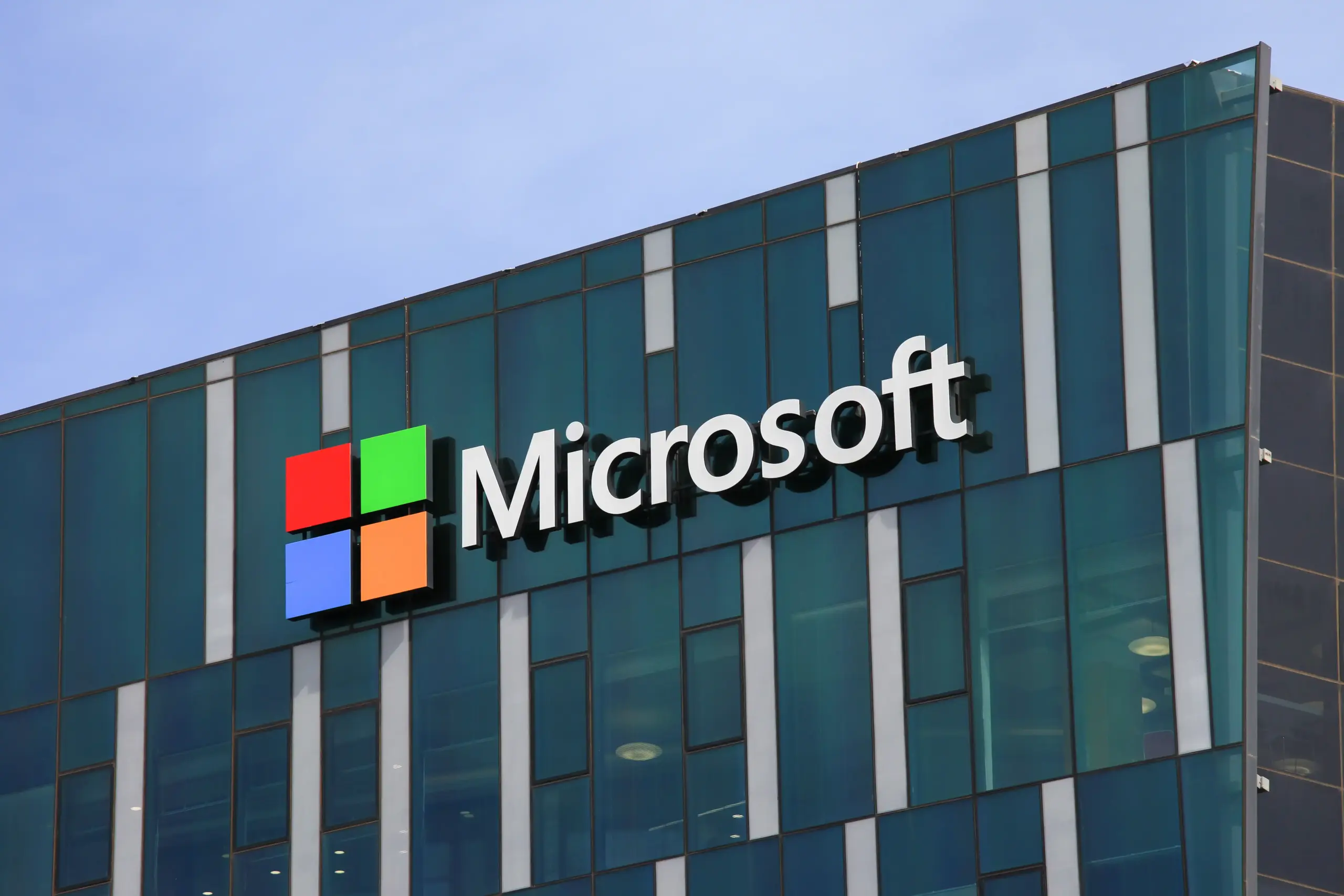
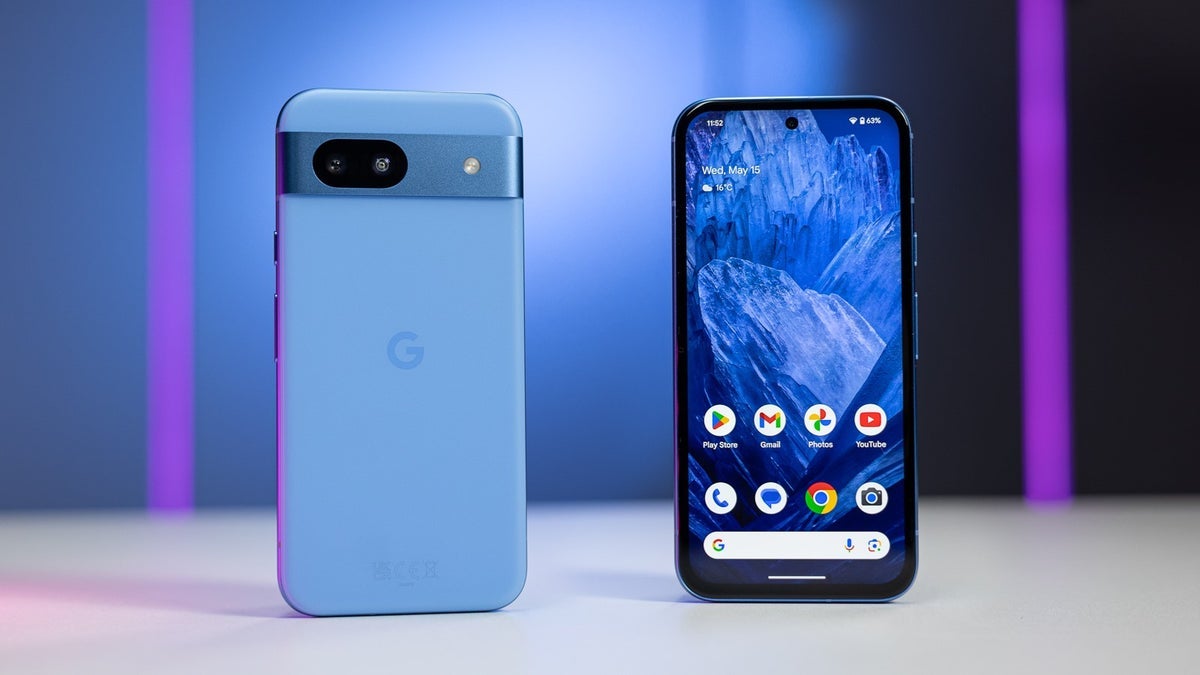
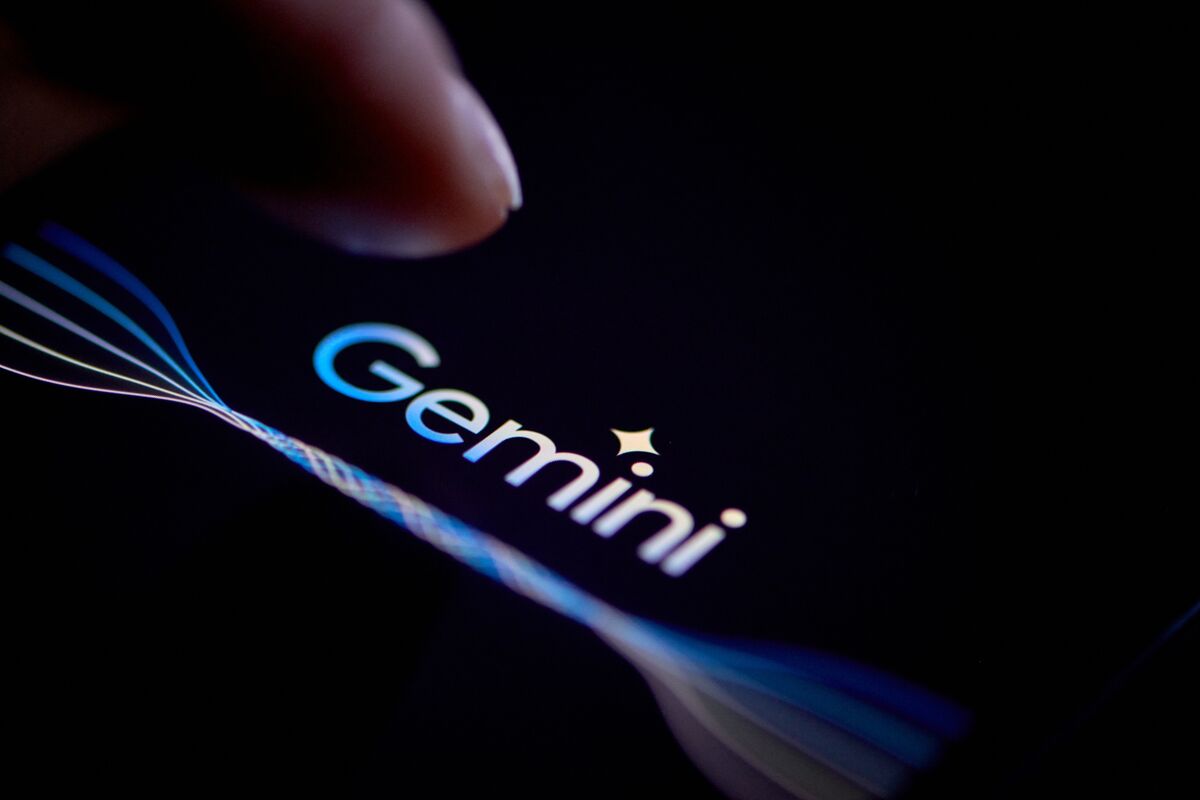
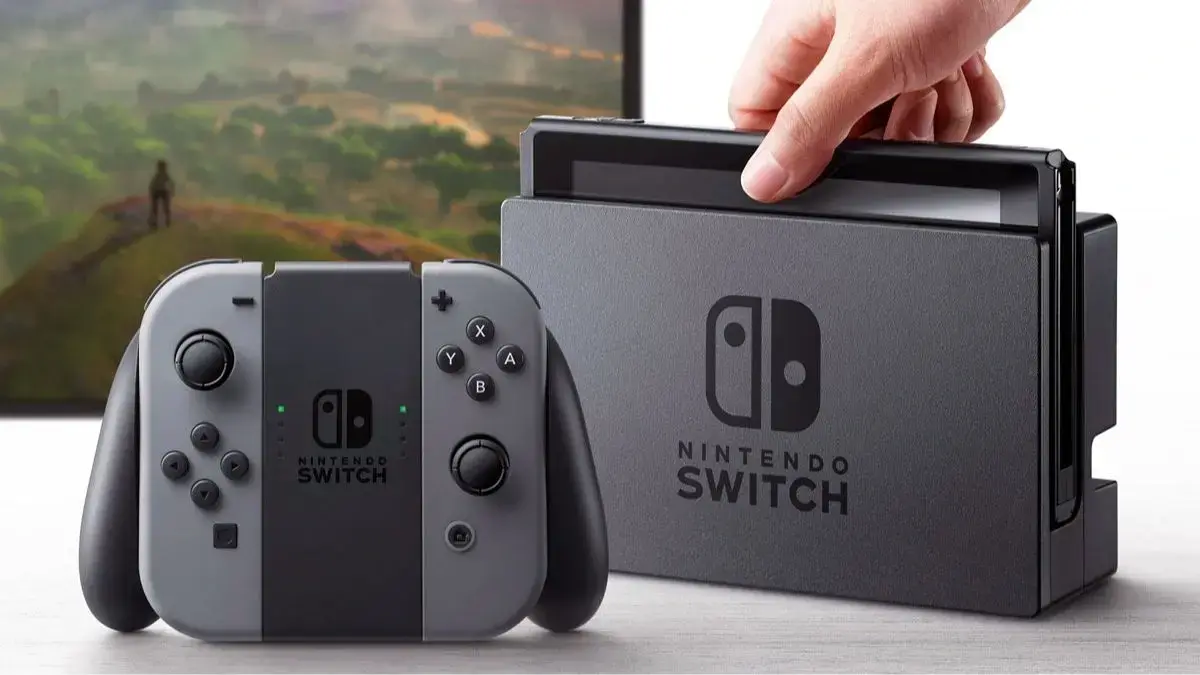
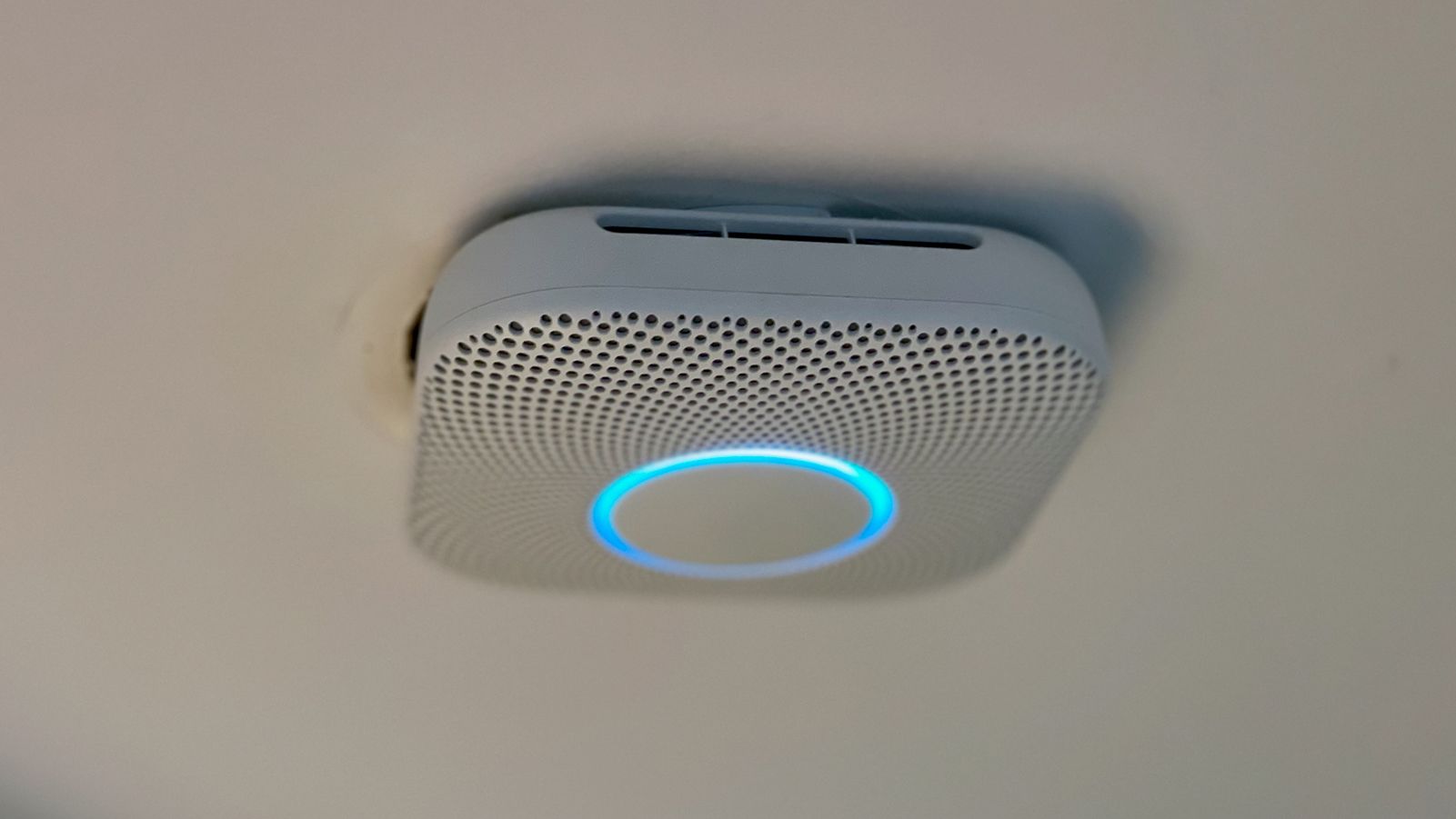

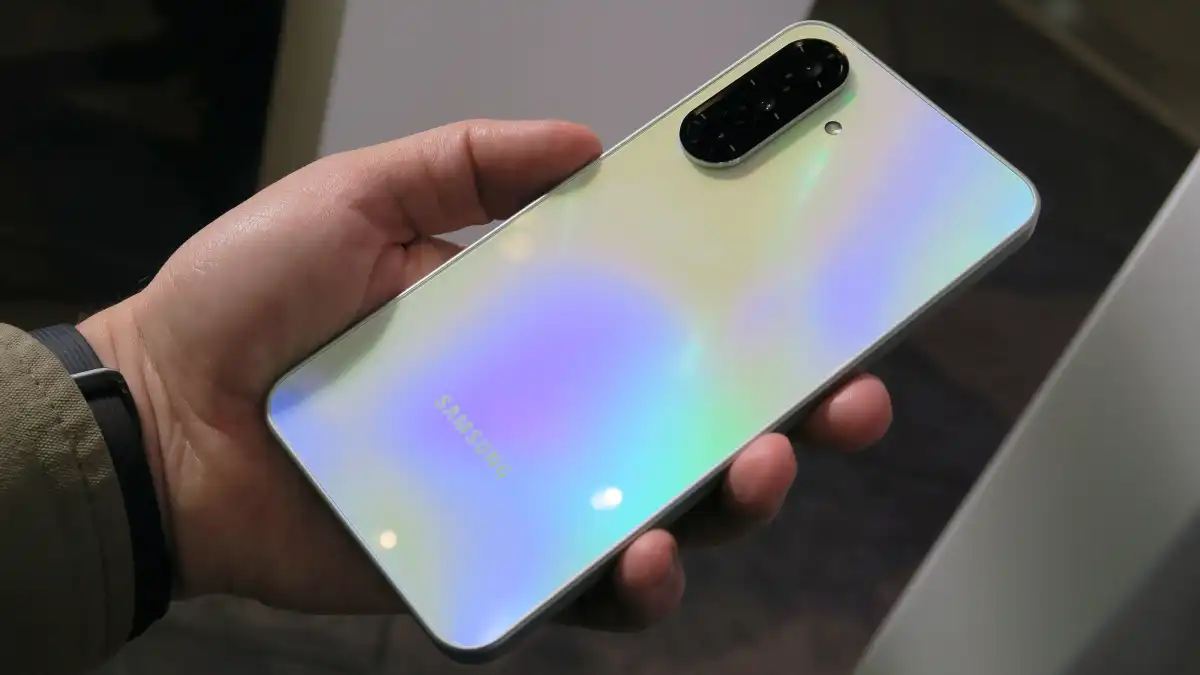

Add Comment